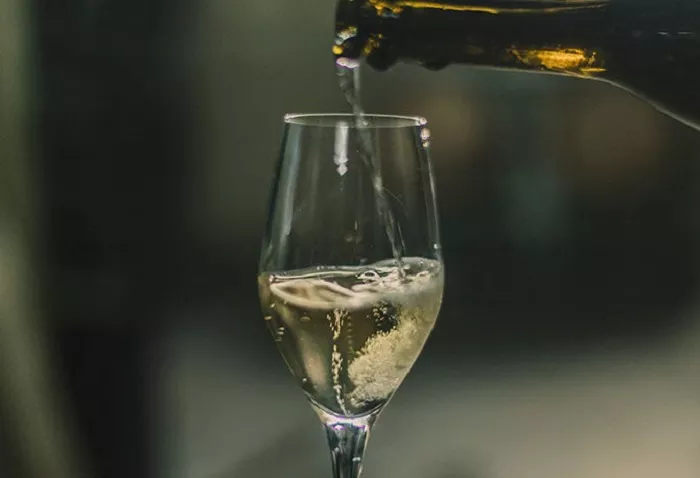Yeast plays a pivotal role in winemaking, profoundly influencing the flavors, aromas, and textures that define each bottle. Across the United States and internationally, winemakers consistently regard the choice between indigenous and commercial yeast strains as one of the most critical decisions in the cellar. This choice not only affects the technical success of fermentation but also shapes the character and complexity of the final wine.
Yeasts are single-celled fungi that have existed for millions of years, with scientists identifying approximately 1,500 species. Among them, Saccharomyces cerevisiae dominates the winemaking process. This species encompasses hundreds of strains, each possessing unique characteristics. Suppliers such as Scott Laboratories provide American wineries with dozens of these strains, offering detailed information about their origins and the sensory qualities they impart. Other yeast species, including Kloeckera, Pichia, and Candida, naturally inhabit grape skins and vineyard environments. Additionally, Brettanomyces, sometimes present in wineries, can contribute complex flavors or cause spoilage depending on its concentration and management.
For much of winemaking’s 8,000-year history, fermentation was governed by whatever microorganisms were naturally present on grapes or in winery settings. Advances in microbiology now allow vintners to select specific yeast strains to achieve desired fermentation outcomes. While some opt for commercial yeasts to ensure reliability and consistency, others prefer native yeasts to enhance complexity and express terroir.
Advocates of native yeast emphasize the depth and authenticity it brings to wine. Adam Lee of Clarice Wine Company in California’s Santa Lucia Highlands relies exclusively on indigenous yeast, citing cost-effectiveness and enhanced complexity. Research indicates that spontaneous fermentations involving multiple yeast strains can produce greater flavor depth. Similarly, Paul Hobbs, working in Spain’s Ribeira Sacra and California, uses native yeast for his Godello wines to preserve nuanced aromas and create layered palates through gentler fermentation.
In Argentina’s Uco Valley, Sebastián Zuccardi exclusively employs native yeasts, believing this practice delivers transparency and purity that faithfully represent his Malbecs’ Andean origins. In Napa Valley, Chris Carpenter produces Lokoya Cabernet Sauvignon, one of the world’s most acclaimed wines, using almost solely indigenous yeast. Carpenter emphasizes that the distinct environmental conditions of each vineyard foster unique fermentations, allowing wines to truly reflect their site.
Conversely, many winemakers continue to rely on commercial yeast strains for greater control. Lisa Evich of Sebastiani Vineyards and Chateau St. Jean in Sonoma selects strains tailored to specific wines: cold-tolerant yeasts for Sauvignon Blanc to preserve aromatics, barrel fermentation-suited strains for Chardonnay, and robust strains capable of fermenting high-alcohol Cabernet Sauvignon fully. Evich acknowledges that native yeasts can produce intriguing flavors but warns that low or weak native populations may cause fermentation to stall, risking residual sweetness in wines intended to be dry. Commercial yeasts are often deployed to mitigate such risks, especially under adverse weather conditions or vine stress.
Yeast’s fundamental function in winemaking is the conversion of grape sugars into alcohol and carbon dioxide through fermentation. Each yeast species and strain produces distinct byproducts that contribute to a wine’s flavor profile, making fermentation akin to an artist’s unique interpretation of the same subject.
Ultimately, the decision between native and commercial yeast represents a balance between control and expression. Some winemakers prioritize consistency across vintages, while others seek complexity and individuality tied to vineyard and vintage. With ongoing advances in technology and a deeper understanding of yeast’s role, winemakers continue to experiment—often blending approaches—to craft wines that best capture their vision and the essence of their land.
Yeast remains one of the most powerful and influential tools in winemaking, its impact on flavor essential to every bottle produced worldwide.
You Might Be Interested In:


